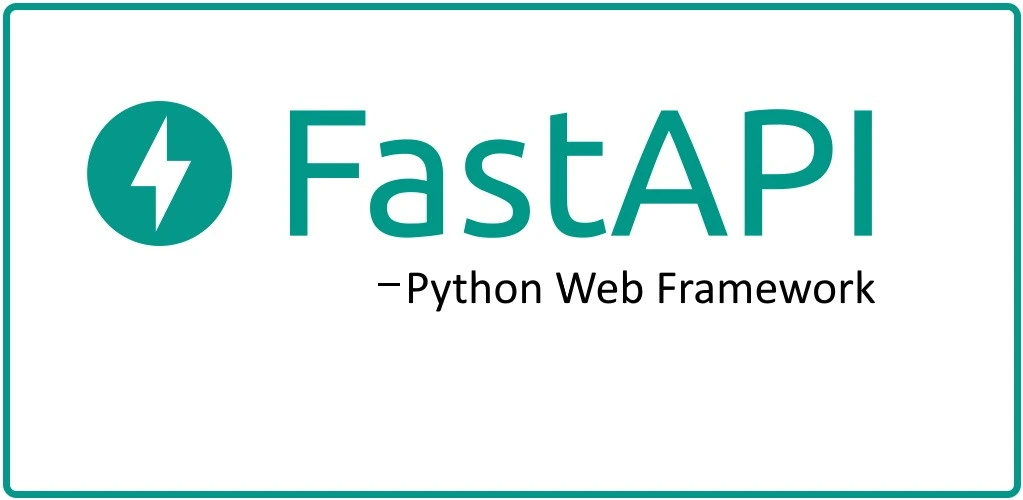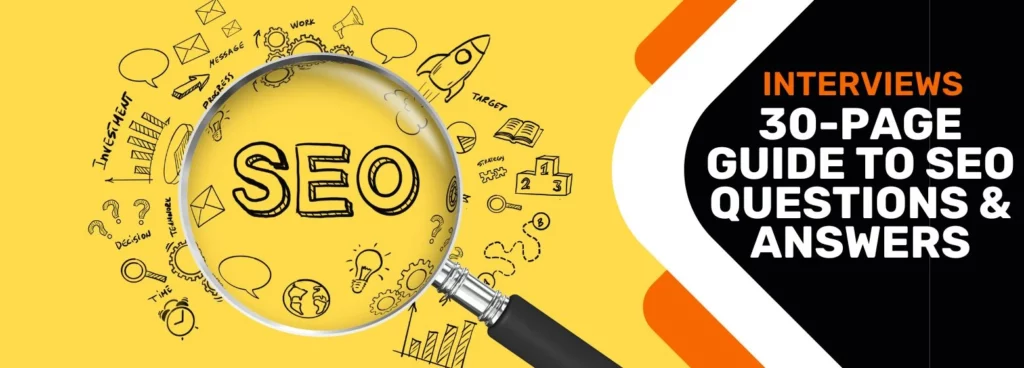FastAPI: All You Need to Know About this Trending Python Web Framework

Considered to be a high-performance Python web framework, FastAPI finds extensive usage in the design and development of web applications. Released in 2018, this Python framework has garnered huge attention among the developers.
Technically, FastAPI is based on the Starlette framework accounting for quick development and quicker deployment. Besides, the framework facilitates automatic OpenAPI validation as well as documentation. Experts consider this to be a game-changer in the development space, offering a wealth of opportunities to create feature-rich web applications.
Features of FastAPI
Here are some of the key features that makes FastAPI one of the best Python web frameworks to date:
- High Performance: FastAPI, as compared to other python web frameworks, has better performance. The fact that FastAPI is a speed-oriented framework, it ranks high. Leveraging Starlette features, building APIs and production-ready codes, everything boils up to higher speed and improved performance.
- Fast to code: With production-ready code, developers need not create anything from scratch. This expedites the process by about 200% to 300%. To elaborate, FastAPI uses Starlette to run and offers a lot more features helpful when building APIs for serialisation and/or data validation. This reduces the time required to code as the framework has everything prepared in advance.
- Minimal bugs: Since the framework comes with an auto-completion feature, most of the code is automatically fed into the piece. This reduces all possibilities of error, enhancing the quality of output.
- Easy-to-understand: FastAPI isn't anything but Modern Python. There is no new syntax and is basically an advanced version of Python 3.6. Meaning that anyone with a significant understanding of the language can work on the framework.
- Simple Documentation: FastAPI automatically generates OpenAPI documentation with no effort from the developer. The same can be located under the application's/doc path. The documentation has detailed information on the endpoints of API, returned codes, response and parameters, etc.
- Editor-support: The entire framework is designed keeping in mind autocompletion. It is both simple, and easy to use, empowering developers with production-ready code. The automatic interactive documentation further allows testing the code directly from the browser.
- Based on open standards: One of the biggest advantages of having FastAPI as a Python web framework is its open standards. That is, the framework is fully compatible with OpenAPI (previously known as Swagger), facilitating the creation of APIs (in addition to parameter declaration, body requests, etc) and JSON Schema accounting for automated documentation of the data model.
Comparison of FastAPI with Django and Flask
| Django | FLASK | FastAPI | |
| Community | Thanks to its popularity, Django has a huge community of developers. | Next to Django, Flask comes second in terms of community support. | FastAPI is relatively a new framework and hence, has limited community support. |
| Packages | As a full-stack web development framework, Django has tons of packages that help in the development of compelling web applications. | Flask has a lesser number of packages, considering that it is primarily used for the creation of minimalistic applications. | FastAPI emphasizes building websites faster, and so doesn’t incorporate many packages. |
| Performance | A mega framework with tons of packages and libraries, Django isn't the best in terms of performance. | Flask being a micro web framework offers better performance as compared to Django. | FastAPI is one of the fastest web frameworks known to the development world. Besides, the native async support adds to the efficiency of the framework. |
| Async Support | The initial version of Django lacked asynchronous support. However, the latest release seems to extend support to asynchronous calls, but with limited latency. | Flask, like Django, wasn't designed to process requests asynchronously. Adhering to the need, recent usage has been implementing asyncio to support async features. | FastAPI is one of the very few Python frameworks that provide native async support. This is one of the reasons why the development time is least. |
| Learning Curve | A framework that includes dozens of packages, and libraries, Django is a bit complicated to understand. | A pretty straightforward language, learning the framework is easy. | FastAPI is the simplest of all allowing developers to get started like a pro. |
When should you choose FastAPI over Flask/Django
Even though FastAPI is a recently-created Python web framework, it seems to have gathered tremendous support from developers across the globe. Primary reasons include:
- Native async support: Since the FastAPI web framework is used for the creation of ML instances and applications, the native async support eliminates inference latency.
- Improved latency: Being a high-performance framework, the overall latency identified for the framework is better as compared to Flask and Django.
- Production-ready codes: Coming with auto validation, and short defaults, with FastAPI web framework, developers have the ease to build web applications without modifying the code.
- High Performance: Compatible with Starlette and Pydantic, developers have access to their core features. Needless to state that Pydantic is one of the fastest libraries and hence, the overall performance improves, making FastAPI the choice for web development.
- Simpler learning curve: As a minimalistic web framework, learning and understanding the same is pretty easy.
Where Django is your go-to framework when you are planning to build full-stack websites, Flask is ideal for ML engineers striving to build web models. But if you are looking for a framework that offers both speed and scalability, FastAPI is the best bet. This is the reason why there has been a surge in the demand for FastAPI developers, creating a pool of career opportunities. If you are planning to pursue your career as a Python developer, plunging into the framework might help you make a difference.
Other Backend Technology Interview Questions and Answers
C Programming Language Interview Questions | PHP Interview Questions | .NET Core Interview Questions | NumPy Interview Questions | API Interview Questions | Java Exception Handling Interview Questions | OOPs Interview Questions and Answers | Java Collections Interview Questions | System Design Interview Questions | Data Structure Concepts | Node.js Interview Questions | Django Interview Questions | React Interview Questions | Microservices Interview Questions | Key Backend Development Skills | Data Science Interview Questions | Python Interview Questions | Java Spring Framework Interview Questions | Spring Boot Interview Questions.





